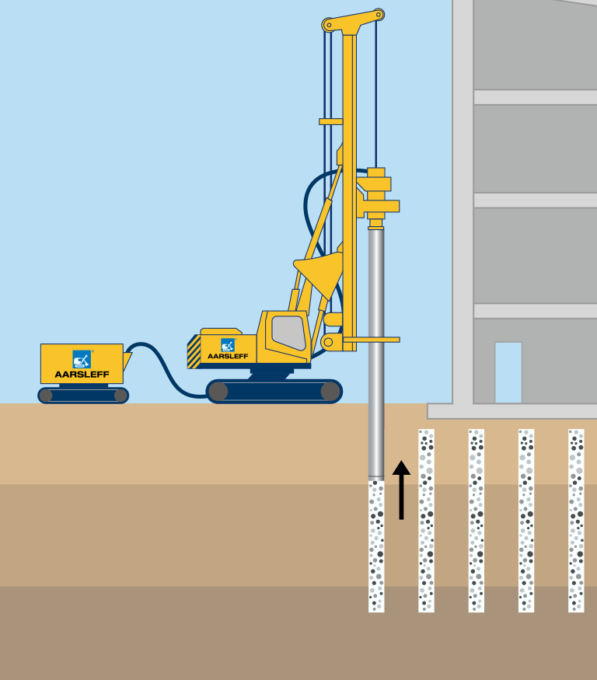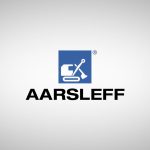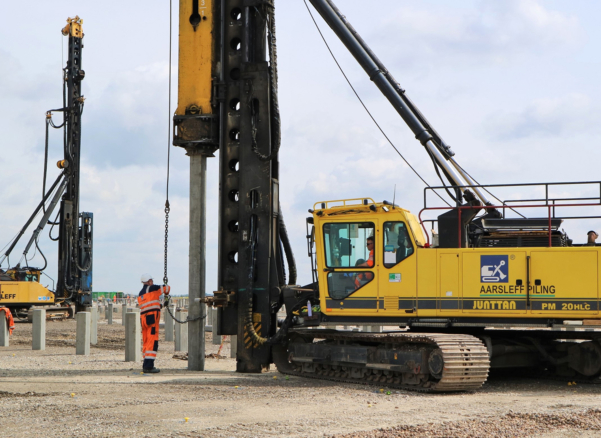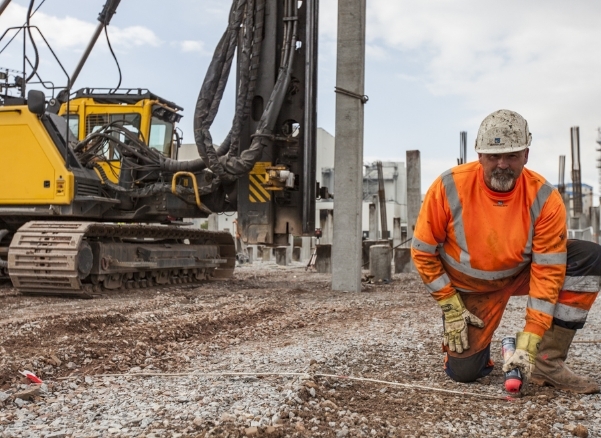What Are Rigid Inclusions?
Table of Contents
About Rigid Inclusions
Rigid inclusions (RI) are a ground improvement technique using high deformation modulus columns to increase the bearing capacity of the ground and control settlements in conjunction with a load transfer platform or pad foundation. They may also be referred to as controlled modulus columns and vibro concrete columns. The columns typically range from around 280 mm to 500 mm in diameter.
The efficiency of the method depends on several factors, but the method is often utilised as an alternative to piling for a wide range of structures, including warehouses and distribution sheds, due to its rapid installation and reduced material costs.

Common Uses and Applications
Rigid inclusions are employed across various sectors. Some of their most common uses and applications are:
- Warehouses
- Distribution sheds
- Road and rail embankments
- Commercial and industrial buildings
- Residential projects
- Wind farms
How Are Rigid Inclusions Installed?
The rig bores down to the design depth, pushing the ground laterally with minimal spoil generated. The auger is then removed, with concrete pumped through the stem as it goes to support the bore. Zone tests are undertaken on the ground to verify performance.
Rigid inclusions are generally installed with a displacement auger tool to displace soil and form concrete columns. The installation process includes the following steps:
- Site Preparation – Before installation, the site is prepared. This involves clearing any debris, setting up access for machinery, and marking out the locations where the inclusions will be installed based on the engineering design.
- Setting Up the Rig – The rig is brought to the site along with necessary machinery such as displacement augers, grout pumps, and monitoring equipment.
- Boring the Ground – The auger drills down to the predetermined design depth. Unlike typical drilling, the displacement auger pushes the soil laterally, creating space for the inclusion without generating much spoil.
- Inserting the Concrete – Once the desired depth is reached, the auger can be withdrawn. As the auger is removed, concrete is pumped through the stem as it goes to support the bore.
- Zone Testing – After the concrete has been set, zone testing is undertaken on the ground to ensure and verify performance.

Advantages
The main advantages of rigid inclusions are [1]:
- Ideally suited for many needs across different sectors, making them a versatile solution
- Suitable for weak, compressible soils to reduce settlement and increase bearing capacity for a wide range of loads
- Can be faster and cheaper than piling alternatives due to lower-strength concrete and the absence of reinforcement
- Carbon reduction vs traditional piled solutions can be achieved using high replacement lower strength concretes








